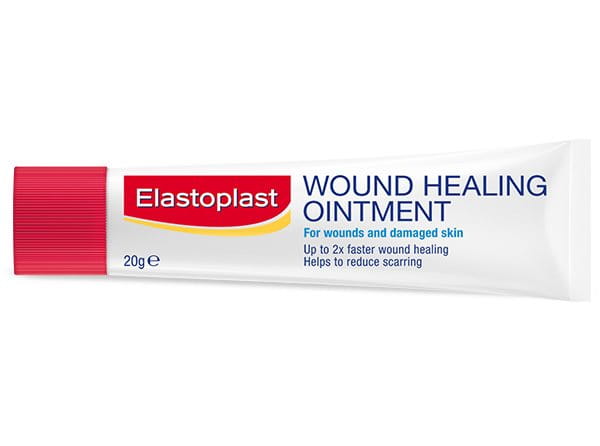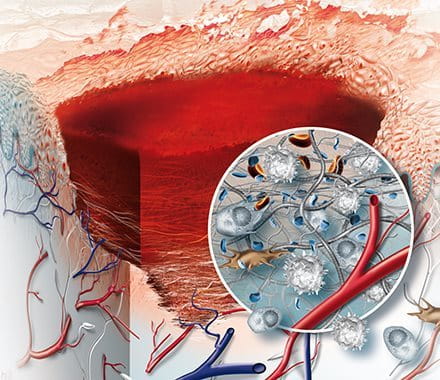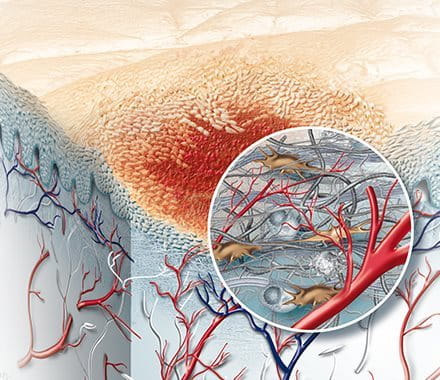Understanding the stages of wound healing
How to speed up wound healing?
1. Cleanse

A clean and cleansed wound essential first step for optimal healing. Cleanse your wound from dirt, bacteria and visible particles with the Elastoplast Wound Spray to prevent infections.
2. Protect

The second step is to protect your wound from dirt and bacteria to enable and undisturbed healing. Cover your wound with a plaster, sterile wound dressing or compress from Elastoplast.
3. Heal

Studies have shown that under moist conditions cells will grow, divide and migrate at an increased rate to optimize the wound healing process. In a moist healing environment, scabs- which inhibit the formation of new tissue – are prevented. This helps reduce the risk of scarring, improving the aesthetic outcome.
How the Elastoplast Wound Healing Ointment supports natural wound healing

Always see a doctor if the wound is deep, bleeds heavily or shows signs of infection like reddening, swelling or warmth. Please note that none of the above given tips or recommendations substitute medical advice. Carefully read the instructions for use given in our products' packages. Important: consult a health professional in case of any uncertainty of treating your wound properly.
For further information regarding Elastoplast products, please contact us via email on support.anz@elastoplast.com.au (AU and NZ). Carefully read the instructions for use given in our products' packages.





